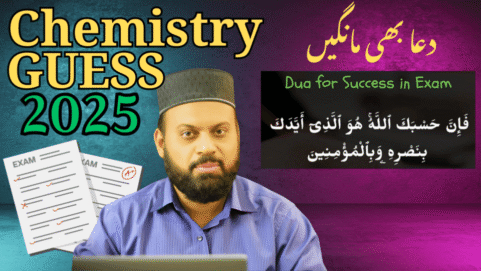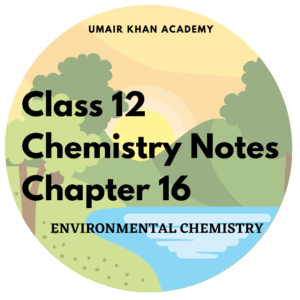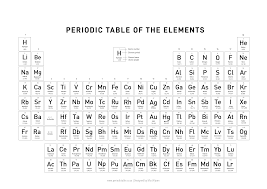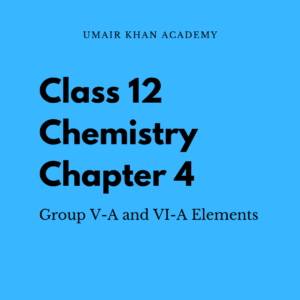Here are Important Long question for class 11 chemistry. The questions mark with * are the guess questions of 2025 exams. Please learn them at 1st preference. Short questions will be added soon, hopefully in one day.
Important Long questions.
Chapter 1
| Example 3* | Example 5* | Example 10* |
| Example 11 | Example 12 | Example 13 |
| Example 14* | Exercise Q. 15 | Exercise Q. 16* |
| Exercise Q. 17* | Exercise Q. 18 | Exercise Q. 20* |
| Exercise Q. 22* |
Chapter 3
- What is ideal gas constant R, write down its units.
- Write down applications of Dalton’s law of partial pressure. *
- Write down the postulates of kinetic molecular theory.
- Derive different gas laws from Kinetic theory of gasses. *
- What is Joule Thomson effect. write down the method of liquefaction of the gas. *
- Write down the Van der Waals equation for real gases. *
- What is plasma write down its applications. *
Chapter 4
- What are London forces. Write down factors affecting them.
- Define vapor pressure of liquid. Also explained manometric method for its determination. *
- Define the boiling point. Explain the variations of boiling point with external pressure.
- What are liquid crystals? Give their applications. *
- Explain crystal systems with angles and edges. *
- Explain the structure of sodium chloride. Justify that the unit cell of sodium chloride has four formula units in it. *
- Properties of covalent solids.
- Water molecular crystals give their properties justify that molecular crystal are softer than ionic crystal.
- Write down the any four properties of crystalline solid. *
Chapter 5
- What is J.J Thomson’s experiment for determining e/m value of electron? *
- Explain Millikan’s oil drop experiment to determine the charge on electron. *
- Write down postulates of Bohol’s model of atom.
- Derive the equation to calculate the radius of revolving electron in nth orbit.
- What is spectrum? Explain atomic emission and atomic absorption spectrum. *
- Discussed the defects of Bohr’s model of atom. *
- Write down the quantum numbers in detail. (will be asked one or two) *
Chapter 6
- Define ionization energy, how it changes in the periodic table. What factors are responsible for variations. *
- Explained electron affinity, describe the factors influencing it also give its trends in periodic table.
- Write down the postulates of valence shell electron pair repulsion (VSEPR) theory. explained with the help of different examples. (Sometimes specific examples are asked) *
- Define and explain hybridization with its types. (Only one type or specific examples are given to explain) **
- Draw label and explain the structure of oxygen/nitrogen on the basis of Molecular orbital theory. *
- Draw and explain coordinate covalent bond with different examples.
Chapter 7
- State first law of thermodynamics. And prove the following equations.
∆E = qv and ∆H = qp *
- Differentiate between spontaneous and non-spontaneous reactions with different examples. *
- State Hess’s law of constant heat summation. write its mathematical form.
- Explain how enthalpy of reaction is determined by glass calorimeter also draw the diagram.
- How the enthalpy of combustion is measured by bomb calorimeter also draw the diagram. *
- State the Hess’s law of constant heat summation. Calculate the lattice energy of sodium chloride by Born-Haber cycle. *
Chapter 8
- All examples. (1-7) *
- Exercise Question No. 19-25 (24*, 25*)
Chapter 9
- Differentiate between ideal and non-ideal solutions. *
- Explain water phenol system.
- What is Raoult’s law. Give the three statements with their expressions. Also write its importance. **
- Define elevation of boiling point and describe Landsberger’s method for the measurement of boiling point elevation. *
- Describe Beckmann’s freezing point method for measurement of depression of freezing point (∆Tf).*
- State solubility curves and explain continuous and discontinuous solubility curves with examples.
Chapter 10
- Describe the construction and working of Galvanic cell.
- Explain four industrial applications of Electrolysis. *
- Describe the construction and working of standard hydrogen electrode (SHE). *
- Define electrochemical series explain its applications. (A few applications can be asked) **
- Write comprehensive note on lead accumulator with its discharging and recharging process.
- Describe the construction and working of fuel cell give few examples. *
Chapter 11
- Define order of reaction and explain it with the help of examples. *
- Discuss physical methods to determine rate of reaction.
- Write a brief note on energy of activation by using collision theory.
- Write down the factors affecting the rate of reaction.
- Derive Arrhenius equation to calculate energy of activation of a reaction. *
- How Order of reaction can be measured by half-life method. *
- Define catalysis. Explain its types with a suitable example. *
- Define enzyme mention characteristics of enzyme catalysis.




